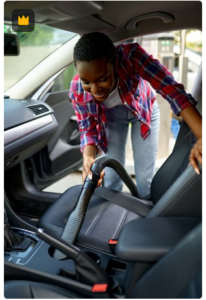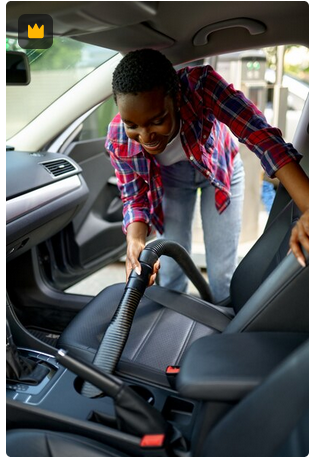Driving is a common activity that most of us engage in on a daily basis. While it provides convenience and freedom, it also comes with certain risks, such as skidding. A car skid occurs when the tires lose traction with the road surface, resulting in a loss of control. Skidding can be a terrifying experience, but with the right techniques and knowledge, you can effectively handle it and prevent accidents.
In this comprehensive guide, we will delve into various aspects of handling a car skid, including the causes of skids, techniques to regain control, preventive measures, and safety tips.
I. Understanding the Causes of Car Skids:
1. Loss of Traction: Skids often occur due to a loss of traction between the tires and the road surface. This can happen for several reasons, such as:
- Wet or Icy Roads: Slippery surfaces reduce the grip between the tires and the road.
- Excessive Speed: Driving too fast for the road conditions can lead to skidding.
- Sudden Braking: Slamming on the brakes can cause the tires to lock up, leading to a skid.
- Oversteering or Understeering: When turning the steering wheel too sharply or insufficiently, skids can occur.
II. Techniques to Regain Control During a Skid:
1. Stay Calm: The first and most crucial step is to remain calm and composed, as panic can hinder your ability to react appropriately.
2. Identify the Skid Type:
a. Front-Wheel Skid: If the front tires lose traction, the vehicle tends to plow straight ahead. To regain control:
- Release the Accelerator: Take your foot off the gas pedal to reduce power to the front wheels.
- Avoid Braking: Applying the brakes can worsen the skid, so refrain from using them.
- Steer Into the Skid: Turn the steering wheel gently in the direction of the skid to regain control.
b. Rear-Wheel Skid: When the rear tires lose traction, the back end of the vehicle tends to slide out. To regain control:
- Steer into the Skid: Turn the steering wheel in the direction of the skid.
- Ease Off the Gas: Gradually release the accelerator to reduce power to the rear wheels.
- Avoid Braking: Do not apply the brakes, as it can worsen the skid.
3. Maintain Focus: Keep your eyes fixed on the intended path and steer smoothly to regain control gradually.
4. Be Aware of Road Conditions: Adjust your driving style to suit the road conditions, especially during inclement weather or on slippery surfaces.
III. Preventive Measures to Avoid Skids:
1. Maintain Proper Tire Condition:
- Adequate Tread Depth: Ensure your tires have sufficient tread depth to maintain traction.
- Correct Tire Pressure: Regularly check and maintain the recommended tire pressure.
- Seasonal Tires: Consider using specialized tires for winter conditions to improve grip on icy or snowy roads.
2. Adjust Speed to Road Conditions: Reduce your speed when the roads are wet, icy, or in poor condition.
3. Keep a Safe Distance: Maintain a safe following distance from the vehicle ahead to allow ample time for reaction and braking.
4. Smooth Braking and Acceleration:
- Brake Smoothly: Apply gradual and controlled pressure on the brakes to avoid locking up the wheels.
- Accelerate Gradually: Avoid sudden acceleration, especially when starting or when changing lanes.
IV. Additional Safety Tips:
1. Use Vehicle Safety Features: Familiarize yourself with the features of your car, such as anti-lock braking system (ABS) and electronic stability control (ESC), and understand how they can assist in preventing skids.
2. Avoid Distractions: Minimize distractions while driving to maintain focus on the road.
3. Regular Maintenance: Keep your vehicle in good condition with regular maintenance, including brake inspections and tire rotations.
4. Driver Training: Consider taking a defensive driving course to enhance your skills and knowledge of handling emergency situations.
Conclusion:
Handling a car skid requires a combination of knowledge, practice, and calmness under pressure. By understanding the causes of skids, learning the appropriate techniques to regain control, and implementing preventive measures, you can significantly reduce the risk of skidding. Remember to stay calm, react swiftly but smoothly, and adjust your driving style to suit the road conditions. By following these guidelines and prioritizing safety, you can become a confident and skilled driver capable of handling skids effectively. Safe driving!











+ There are no comments
Add yours